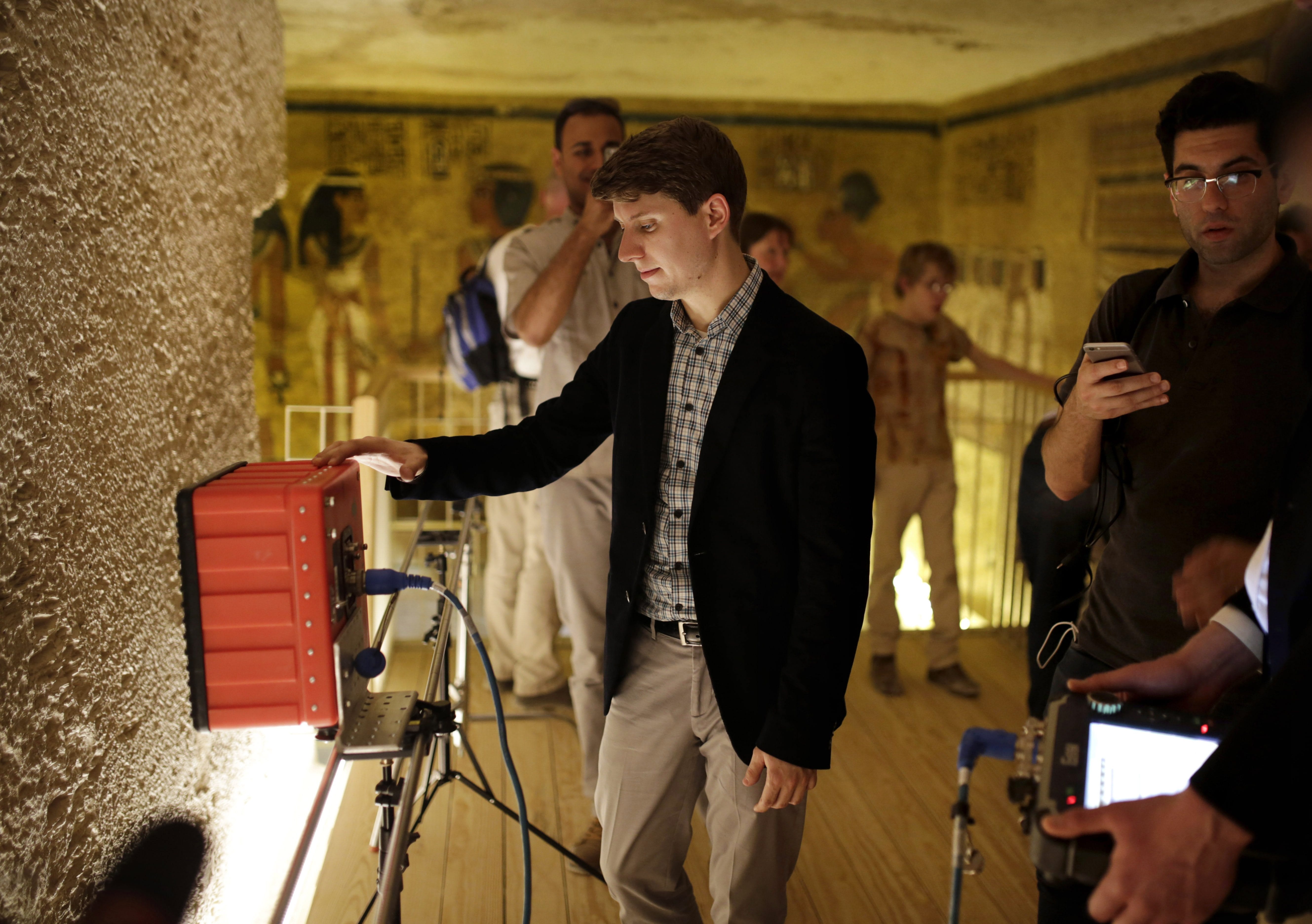VALLEY OF THE KINGS, Egypt — Egypt on Friday invited archaeologists and experts from around the world to examine new data from extensive radar scanning conducted on King Tutankhamun’s tomb to explore a theory that secret chambers could be hidden behind its walls.
The open invitation to a conference in Cairo in May, issued by the antiquities minister at a news conference just outside the tomb, aims to bring broader scientific rigor to what so far have only been tantalizing clues.
The new exploration was prompted by a theory by British Egyptologist Nicolas Reeves that undiscovered chambers lie behind the tomb’s western and northern walls and that they likely contain the tomb of Queen Nefertiti, one of pharaonic Egypt’s most famous figures — whose bust, on display at the Berlin Museum, is a much storied symbol of ancient beauty.
Preliminary scans whose results were announced last month suggested two open spaces with signs of metal and organic matter. Egypt’s archaeologists announced Friday they completed more extensive scanning, sponsored by National Geographic, and the results must now be analyzed.



